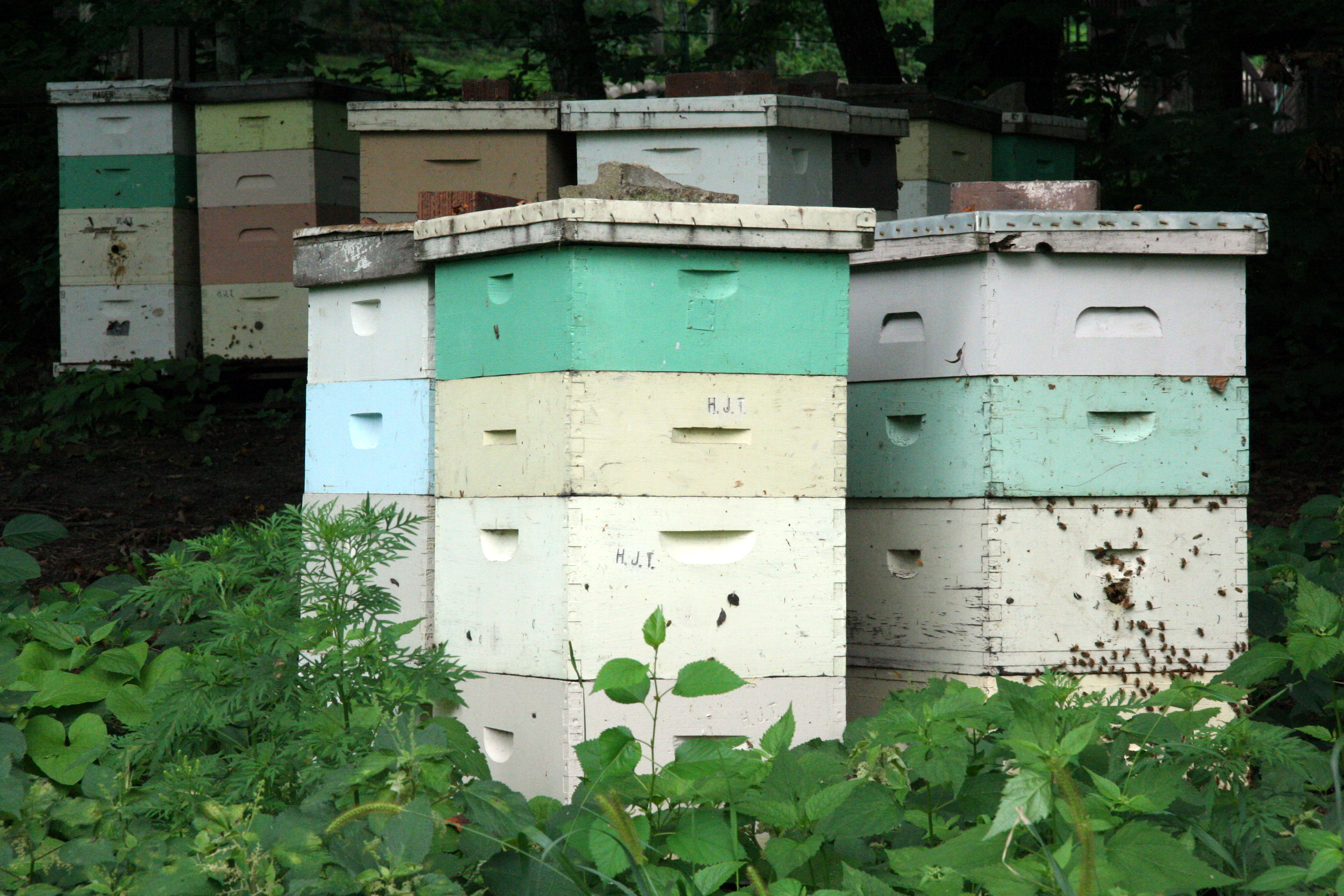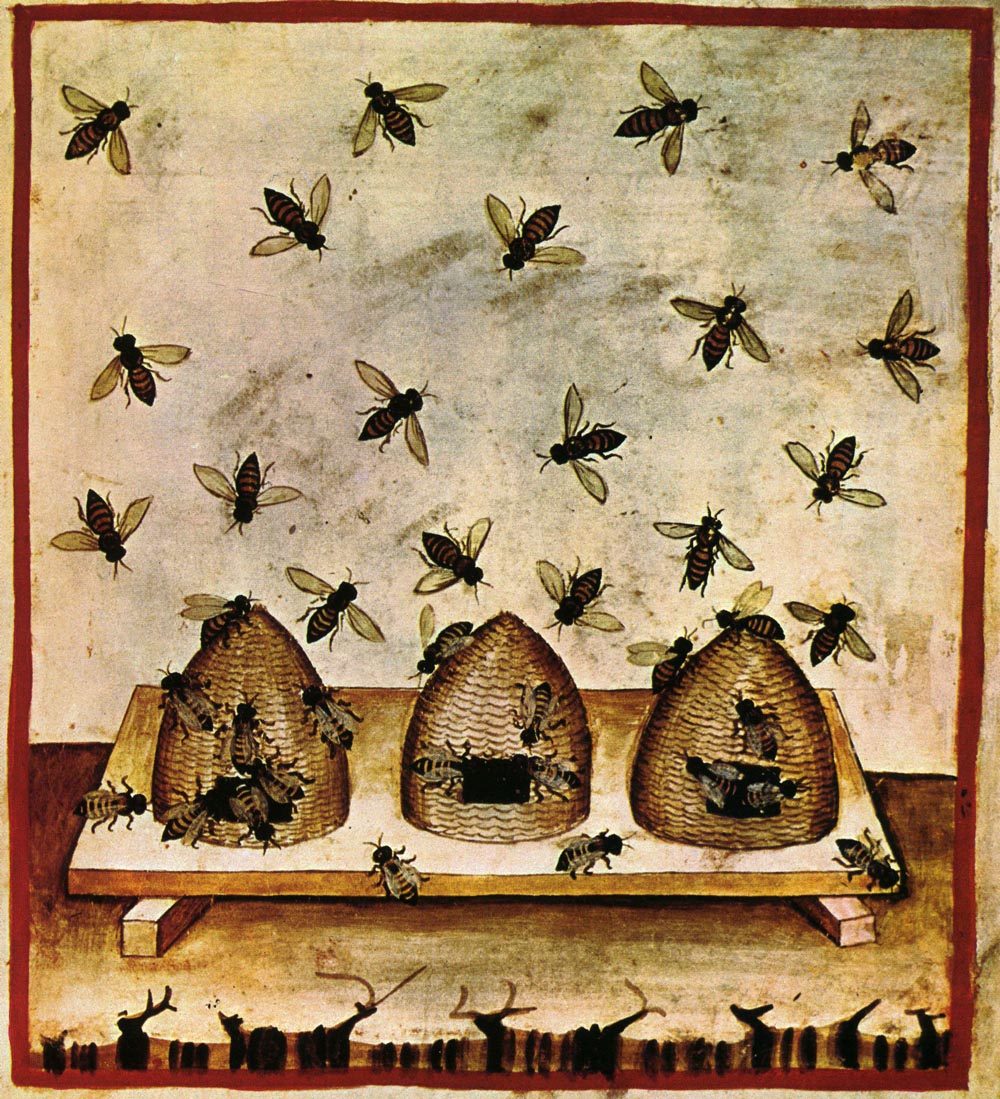Beekeeping Basics

Courtesy of beekeeping3; An example of protective gear.
Consider if beekeeping is right for you. It’s just like keeping any other animal, so really put some consideration into whether or not you want to keep them. If you decide that you do want to become a beekeeper, then realize that you will have responsibility over anything that happens to your bees. This is just a generic overview of the steps to help you decide whether or not you want to keep bees, so I would suggest looking at several other sources.
-
Learn everything you can about bees and how they work. Learn how they make honey, how their hives work, and just have general knowledge about bees. Read lots of books and articles on beekeeping so that you are truly prepared.
-
Lots of details about beekeeping are local. Contact a local beekeeping organization so that you have people to guide you through the beginnings of your beekeeping career.
-
There are a lot of different options for man-made hives. It is up to you to choose the best one for your situation, so do lots of research in different kinds of hives to really look at what’s best for you.

Courtesy of Wikipedia; one style of man-made beehives.
-
Keep track of the timing when you start your hive. It is best to start in the spring so that your bees have lots of time before winter to collect honey.
-
Make sure you have the right supplies, like protective suits, a smoker, and a honey extractor, before your bees arrive. You can start with all of the essential materials before expanding your collection based on your situation.
-
There are lots of options for ordering honey bees. You can buy package bees, a nuc, an already-started hive, and other options. There are advantages and disadvantages to each, and you have to choose which one you prefer for your situation.
-
Your bees will need constant care, though they do not require a large portion of your time. Simply observing the ongoings of your hive may be a fruitful experience.
-
Make sure to wear protective gear when tending to your bees and bee-proof your clothing. Make sure none of your bees can get inside of your clothes by tucking your pant legs into socks and tightening shirt sleeves or putting rubber bands around sleeves.

Courtesy of Wikipedia; One of the oldest drawings of beekeeping from the 14th century.